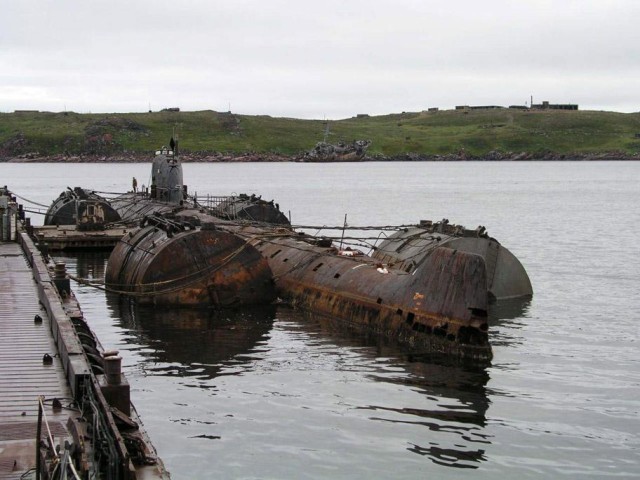
New Managing Director for Bellona Norway
The Board of the Bellona Foundation has appointed former Minister of Climate and the Environment Sveinung Rotevatn as Managing Director of Bellona No...
News
Publish date: October 3, 2006
News
The agreement also calls for converting Kazakhstan’s VVR-K research reactor to run on low enriched uranium (LEU) instead of HEU, which can be used in nuclear weapons. The agreement is an important step in fulfilling Kazakh President Nursultan Nazerbayev’s pledge last year to rid his country of HEU.
“This agreement represents another example of the kind of productive cooperation the United States and Kazakhstan have shared in furthering nuclear nonproliferation,” said US Secretary of Energy Samuel Bodman in the DOE statement.
“Our cooperative efforts support the Bush Administration’s Global Initiative to Combat Nuclear Terrorism, recently announced by Presidents Bush and Putin."
NTI is a non-profit organisation working in the field of threat reduction from nuclear, chemical and biological weapons
The project will be administered through the Department of Energy’s National Nuclear Security Administration (NNSA). NNSA’s Global Threat Reduction Initiative (GTRI) will work with Kazakhstan to make arrangements to down-blend the HEU at the Ulba Metallurgical Plant in Kazakhstan and to initiate conversion of the VVR-K reactor. GTRI will contribute at least $4m to the initiative.
NTI played a key role in the agreement by committing up to $1.3m for a new reactor control and protection system to improve reactor safety and a beryllium reflector to enhance reactor performance.
“Kazakhstan and the United States are to be commended for the foresight and creativity needed to make this agreement a reality,” said former Senator Sam Nunn, the co-chair of NTI, which he founded with media mogul Ted Turner.
Last month, NTI again made headlines by putting up $50m to aid in the formation of an international “uranium bank” that would provide nuclear fuel to member nations’ peaceful nuclear energy programmes.
“This nonproliferation cooperative project with Kazakhstan is critical to our efforts to eliminate excess amounts of potentially dangerous material around the world, said NNSA Administrator Linton F. Brooks in the DOE statement.
To date, the GTRI, which focuses on identifying, securing, recovering and eventually disposing of radiological materials world-wide. Som 230 kilograms have been returned to Russia from vulnerable sites as a result of the GTRI’s efforts and 43 research reactors around the world have been converted to run on LEU, the Doe reported.

The Board of the Bellona Foundation has appointed former Minister of Climate and the Environment Sveinung Rotevatn as Managing Director of Bellona No...

Økokrim, Norway’s authority for investigating and prosecuting economic and environmental crime, has imposed a record fine on Equinor following a comp...

Our op-ed originally appeared in The Moscow Times. For more than three decades, Russia has been burdened with the remains of the Soviet ...

The United Nation’s COP30 global climate negotiations in Belém, Brazil ended this weekend with a watered-down resolution that failed to halt deforest...